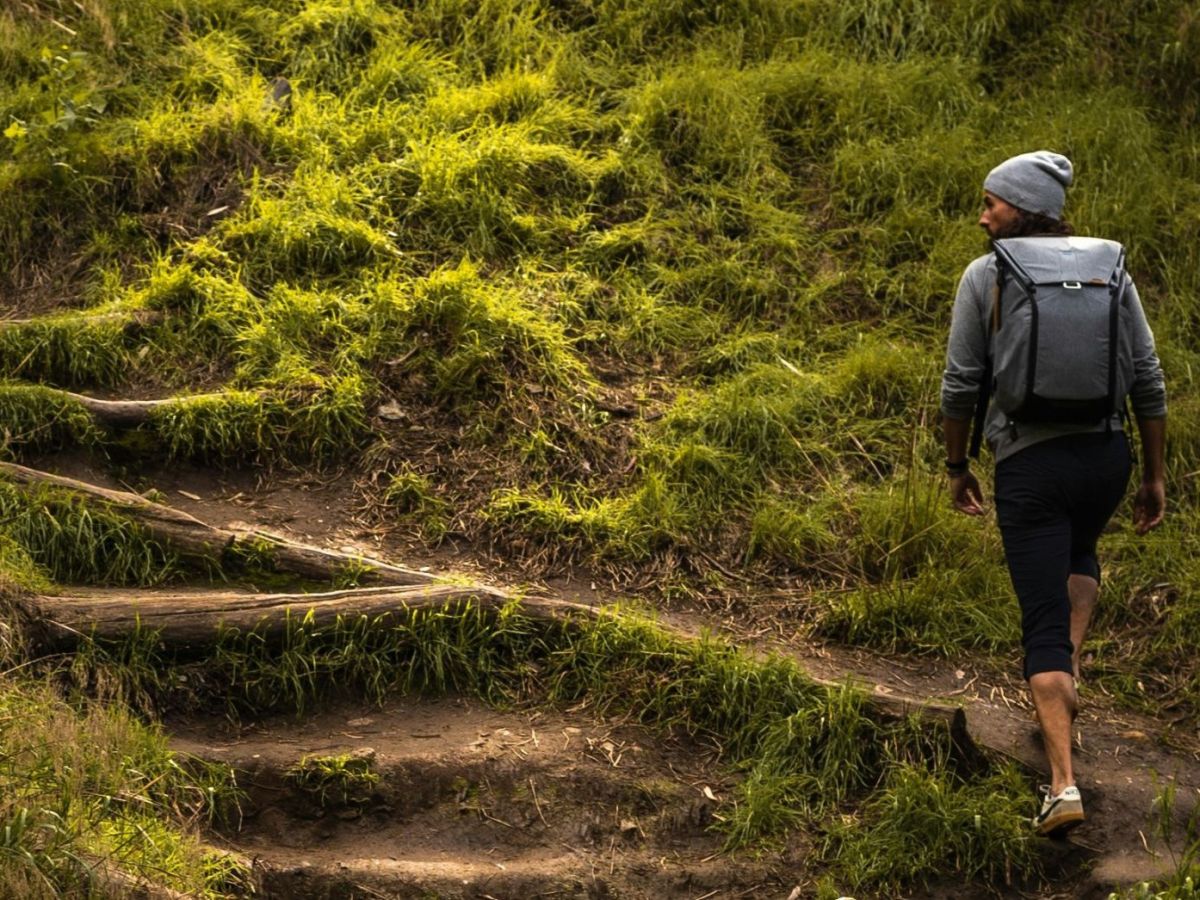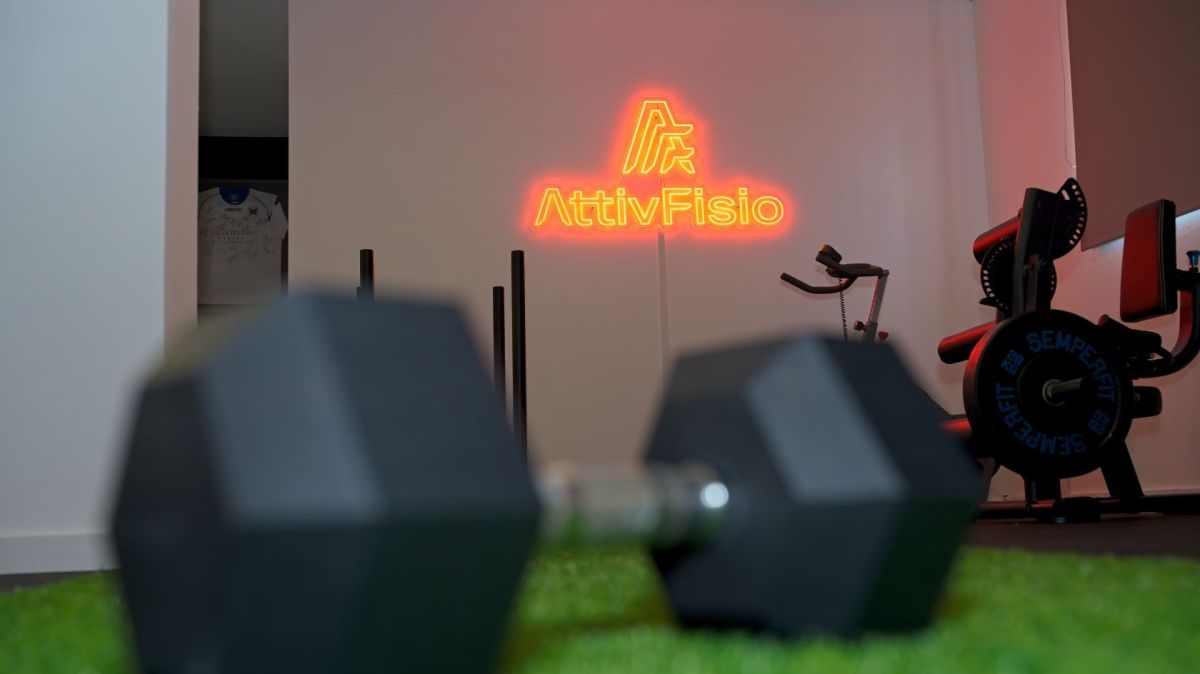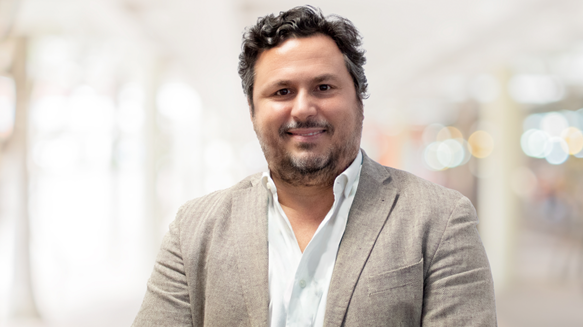Everywhere we look, there are amazing places to walk in the Algarve. The beach, the cliffs overlooking the beach, the west coast, the mountains of Monchique, and many others.
While walking on mostly flat level trails, roads, and walkways, the going is easy. But once we encounter the ‘ups and downs, ’ things get a bit more interesting. Especially when the uphill change is gradual, it is easy to continue walking with the same pace and stride length. This is where we can get into trouble. Suddenly, our leg and back muscles are working much harder. Our muscles must lift our entire body up and over our leading foot and then continue lifting our body upwards to continue that same step. If the incline increases, we typically compensate by leaning forward, putting further strain on our back and legs.
The solution is simple. All we have to do is look at experienced mountain climbers and do what they do. They take smaller steps as the slope increases. Smaller steps do many things for our hiking experience. First, our muscles do not have to work as hard to lift our body up so high with each step. Our body stays over our feet for better balance. With smaller steps, we are able to make those steps far quicker, then our muscles are not working so hard. When the muscles are working more easily, they don’t run out of oxygen, so your breathing is much more relaxed. You can get to the top of the hill without running out of breath! Overall, the experience is far more fun, relaxed, while you are more centered over your feet for better balance, reducing the chance of injuries.
The same is true for downhill walking. Stay balanced over your feet with smaller steps. We are a two-legged walker. We need to keep our body centered over our feet.
As a doctor, I treat far too many people who have slips and falls, strained muscles, twisted knees and ankles, sprained lower backs, all because of too long of a stride length while walking up and down hills. Somehow, short, quick steps are viewed as ‘baby steps’. In reality, short steps are ‘elite mountaineer steps’ that get you there and back with the least chance of injury, while having the very best experience walking the Algarve. One other tip that can help on a wide uphill trail is to create your own switchbacks, again smaller, easier steps. See you on the trail!
Dr. Chris Bock
Pain-FREE Shoulder Clinic and Active Quiropratica, Orthopedic Chiropractor, 42 years’ experience, 966 706 606.















